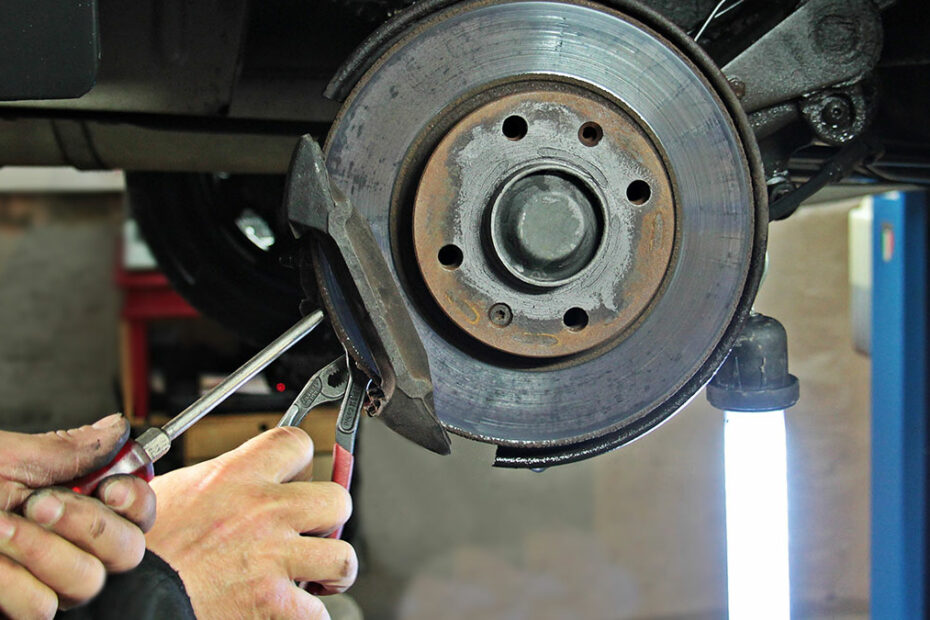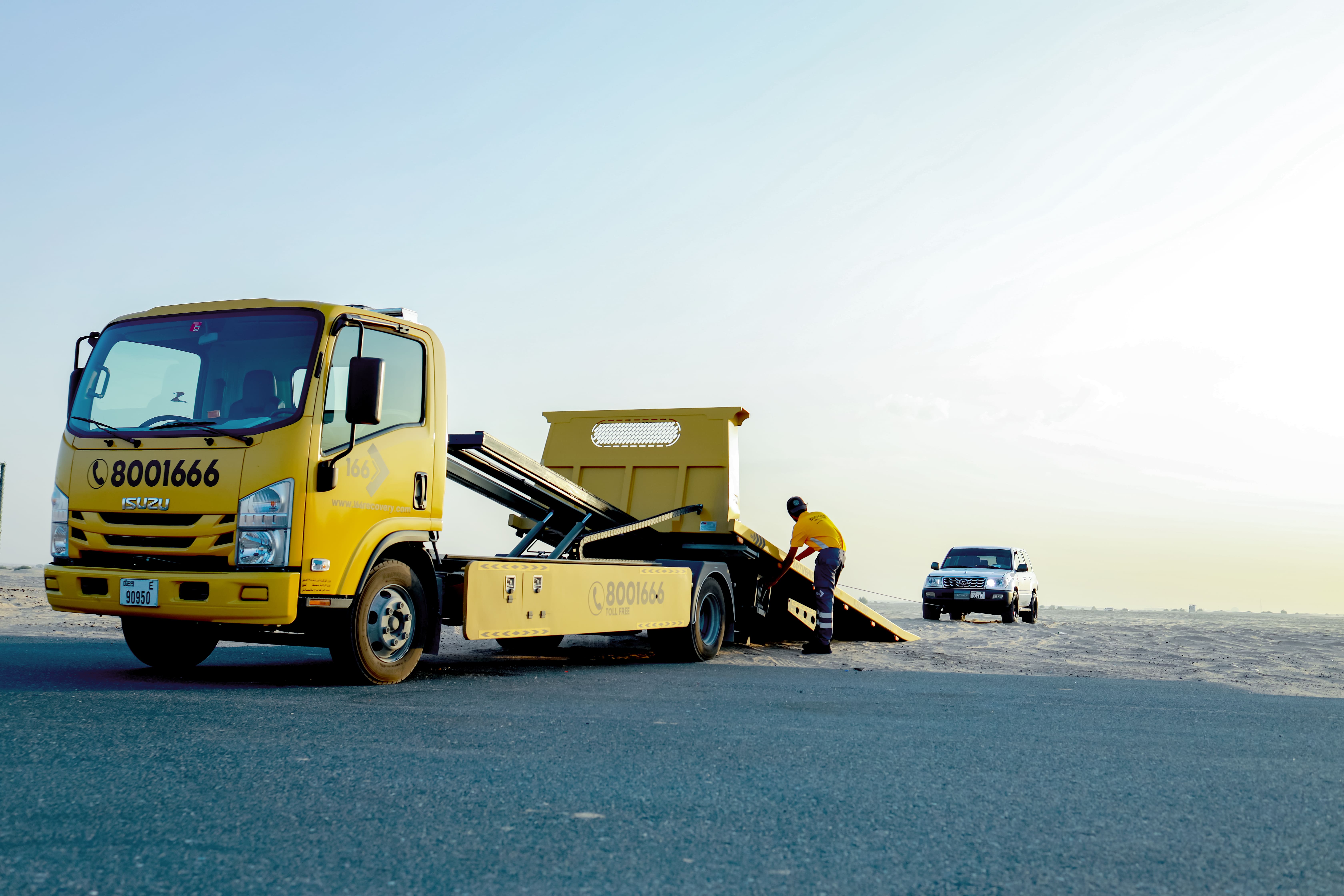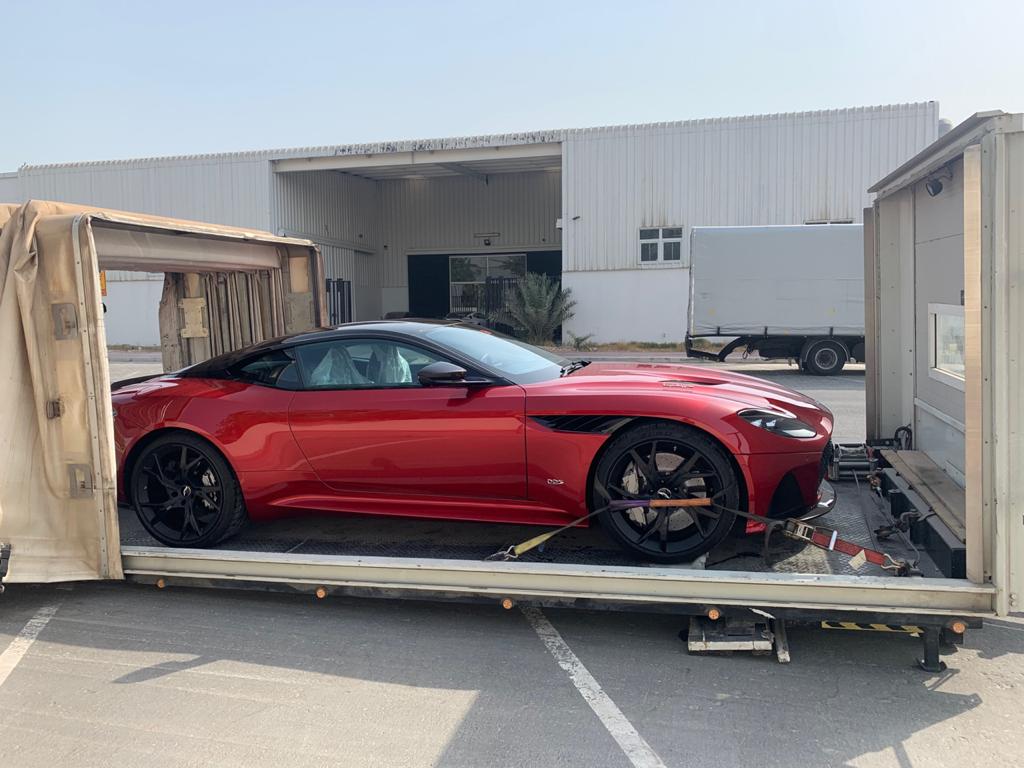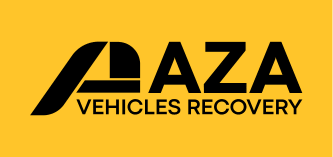
Each brake pad tested in this video came from different manufacturers, but was made from the same model vehicle for the front brakes. The brake pads selected are the low-tier, mid-tier, and upper-tier priced pads you can find in your local parts shop, the manufacturer’s original pads on the vehicle, and NRS pads (the video sponsoring company; the video is recorded at the NRS test facility).
Four tests were performed on each set of pads: a brake fade quality test, followed by a corrosion test, a shear test, and finally a noise test.
The video gets pretty science-y (it’s well-explained and easy to digest, but I’m going to let you watch the video and hear it directly from Engineering Explained) but the results are quite clear. The most unstable are often the smallest, budget-tier brake pads. You will notice a lot of variance in the pressure needed to slow down the car, especially right at first, if you were to bring these pads out to a track day. The longer you’re running with the cheaper brake pads, the faster they’re going to wear out — which isn’t ideal for the whole thing about “saving money,” given that you’re going to have to replace them more often.
But what if you live in the awful, dreadful West, where harsh winter conditions (and salt corrosion) wear on your brakes? Ironically, after the corrosion check, all the tiered pads you can buy at the store have been coated with rust, while the OEM and NRS pads have stayed very dry. Rust, as you can imagine, is not great; when exposed to a lot of use, the whole pad can only begin to fall off gradually.
The main takeaway here is that the mid-tier pads have proven to be the most durable of all the tiered options you can buy at the parts store— even compared to the most expensive, high-tier brake pads. These mid-tier pads are worth the extra money you’re paying, but to get them you don’t have to break the bank. But if you can, nabbing any OEM pads is still best if you can. Some of the brands
Other Blogs
Get 20% off
on our service








